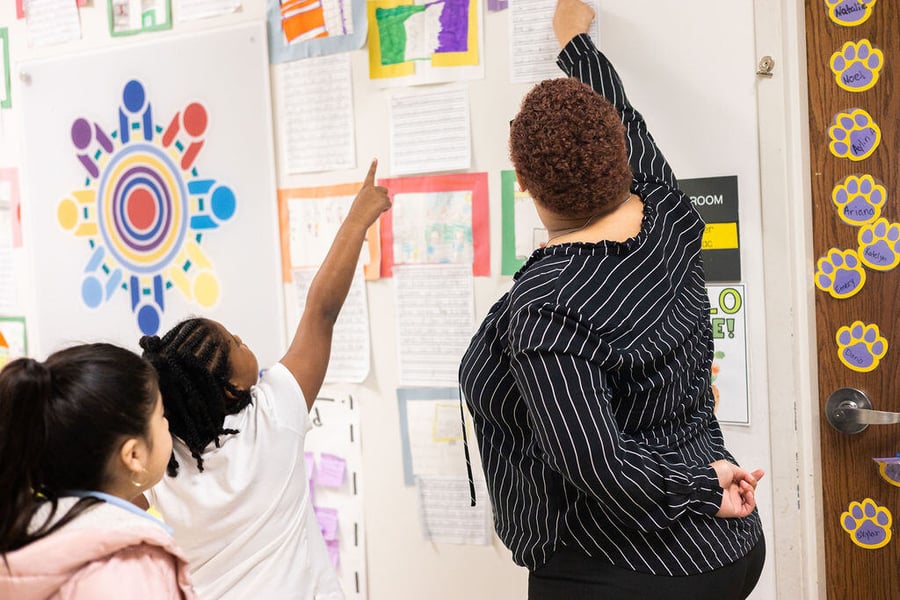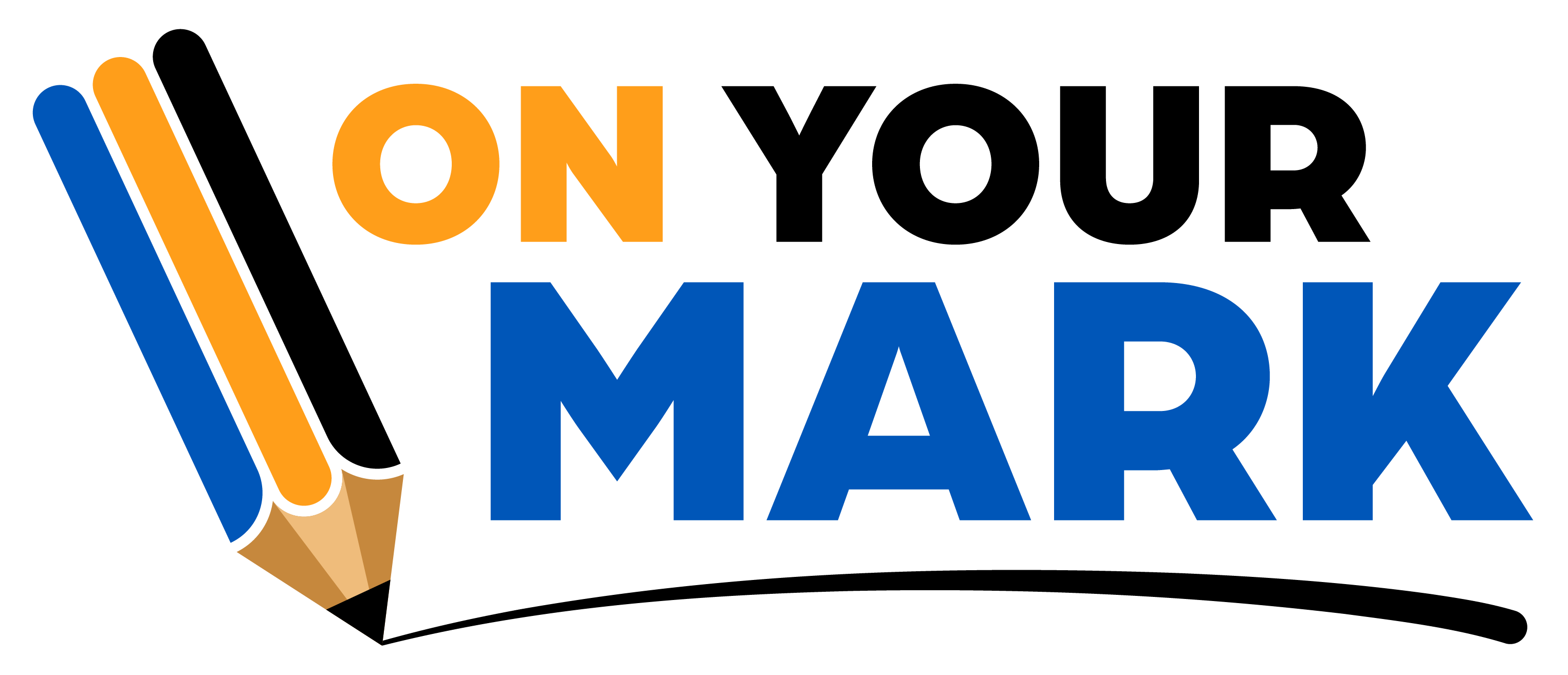12 of Our Favorite Tools For Struggling Readers
Based on a multitude of research over the last few decades, we now know that with effective instruction based on the Science of Reading, 95% of children can learn to read by the end of 1st grade (Moats, Louisa C., 2020). This truth has empowered early childhood literacy instructors to dive into understanding the Science of Reading and how to implement strategies in their classrooms.
But what about the students who still struggle to learn to read? At OnYourMark Education, we believe that all children deserve to be successful readers. Read on for our favorite tools and strategies to support struggling readers.
Literacy Leaders or "Influencers"
In the age of social media, there are influencers for everything. This includes teaching and literacy! There are many great accounts to follow and gain both insight and free resources from. Some are small business owners that make resources to support teachers in Science-of-Reading based instruction. Remember: not all influencers are created equal! Those who are literacy researchers, are trained in the Science of Reading, or have other specialized training (i.e. Orton Gillingham, Linda Mood-Bell), are people you can rely on for sound advice. Here are a few of our favorite accounts:
- Dr. Louisa Moats, EdD on Twitter/X | Renowned Author, Educator, and Literacy Leader
- Emily Hanford on Twitter/X | Senior Correspondent/Producer, American Public Media Reports and Host, Sold a Story Podcast
- The Reading League
- The Right to Read Project
Teaching Tools or Manipulatives

- Elkonin Boxes: These easy-to-use sound boxes are popular with elementary reading teachers. They help students break down words into their separate sounds. A helpful tool for both phonemic awareness and phonics instruction. This free printable version is from We Are Teachers with step-by-step instructions for how to use it with students.
- Sandpaper Letters or Sand Trays: Used often in Montessori classrooms, sandpaper letters allow students to anchor letter shapes and sounds together as they trace over a letter made from sandpaper and say the sound at the same time.
- Sound Cards: These cards, each representing a different sound or phoneme, can be used to help students learn and recognize sounds in words. They are especially useful for teaching blends and digraphs.
If you’d like more literacy teaching strategies, we put together a whole list! You can download it here.
Books
While some people prefer to do things online, some folks still like having a book in their hands that they can highlight or take notes in. Here are a few that we think are worth having on your shelf:
- Speech to Print: Language Essentials for Teachers by Louisa Cook Moats, EdD: This book provides both a comprehensive understanding of the language systems involved in reading and spelling, and practical strategies for instruction.
- Essentials of Assessing, Preventing, and Overcoming Reading Difficulties by David A. Kilpatrick: This book combines research and practical strategies to assess, prevent, and address reading difficulties, making it a valuable resource for educators.
- Overcoming Dyslexia: A New and Complete Science-Based Program for Reading Problems at Any Level by Sally Shaywitz: This comprehensive guide offers evidence-based strategies for helping students with dyslexia and other reading difficulties, including early intervention and effective instructional practices.
Podcasts
For educators who prefer to pop in some earbuds and listen on the go, here is a list of podcasts that have made a splash for their clear value and easy-to-digest episodes:
- Science of Reading: The Podcast | Early Literacy Resources by Amplify: This podcast delves into the latest research on the Science of Reading and offers practical insights and strategies for educators.
- The Podcast: The Reading League: Hosted by The Reading League, this podcast explores evidence-based reading instruction and provides practical advice for teaching struggling readers.
- Melissa and Lori Love Literacy Podcast: This podcast features conversations with literacy leaders and educators about best practices in reading instruction, emphasizing the Science of Reading and effective methods for helping struggling readers.
Conclusion
Not all children will learn to read easily, but all children deserve to learn how to read. With these resources, hopefully, you have a place to begin amidst the substantial amount of information out there!
Learn more about the Science of Reading or get other resources here.
If you’d like to learn more about high-impact literacy tutoring from OnYourMark Education to support your students’ literacy needs, click here to reach out to a member of our team.
Meet With Our Team
Related Posts

5 Proven Ways to Improve Literacy Despite Teacher Shortages


